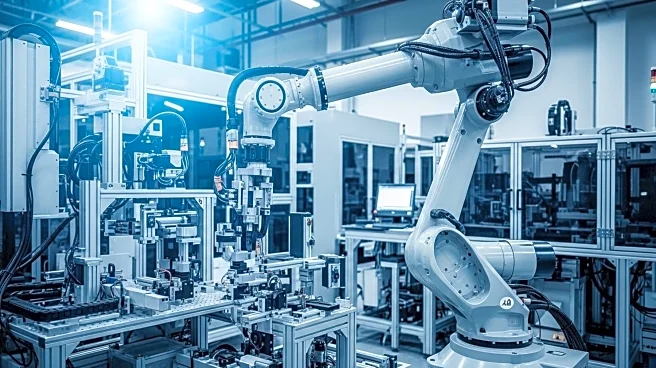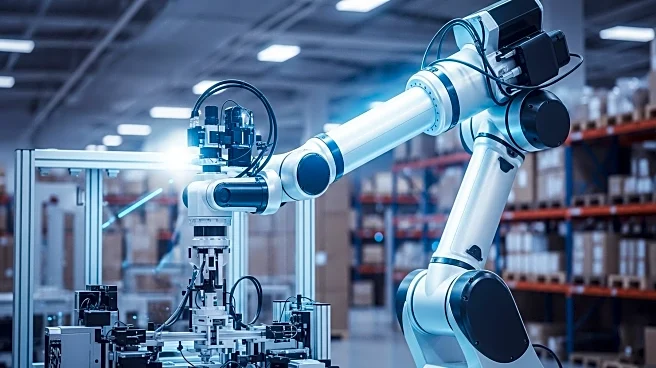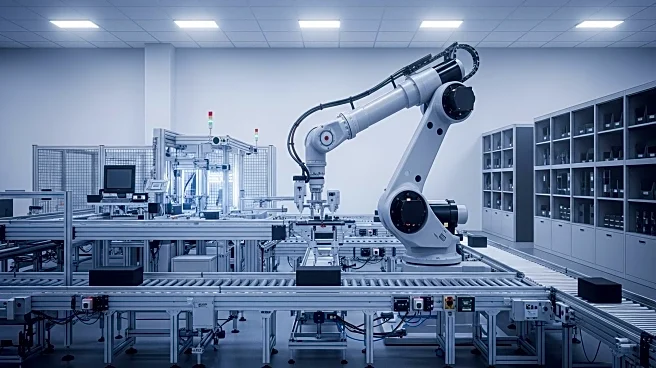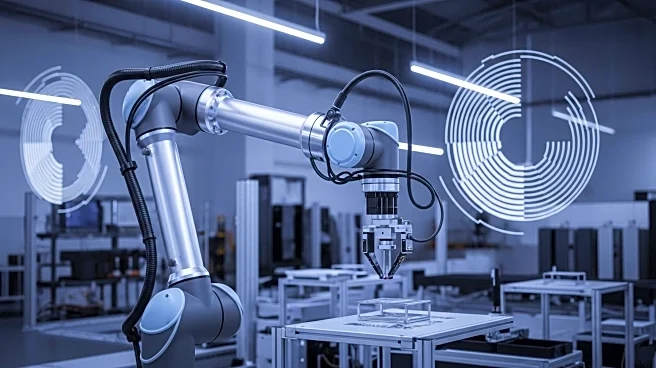What's Happening?
Peerless Media Research, in collaboration with Hai Robotics, has released the 2025 Warehouse Automation & Order Fulfillment Study. This research brief addresses the increasing need for agile, cost-effective, and scalable warehouse operations in response to ongoing supply chain disruptions and volatility. The study emphasizes that modular and scalable automation solutions are now more accessible, allowing companies to enhance efficiency without significant upfront investments. It also highlights the importance of measuring return on investment (ROI) to justify automation expenditures. The report notes that nearly 80% of companies have adapted their sourcing strategies to prioritize supplier reliability and consistency. Additionally, technologies such as AI, automated storage and retrieval systems (ASRS), and autonomous mobile robots (AMRs) are identified as key solutions for addressing space, labor, and safety challenges in warehouses.
Why It's Important?
The findings of the 2025 Warehouse Automation & Order Fulfillment Study are significant for the logistics industry, which is under pressure to adapt to rapidly changing market conditions. The adoption of scalable automation technologies can lead to improved warehouse utilization, accuracy, and employee safety, which are critical for maintaining competitive advantage. Companies that invest in these technologies may experience enhanced operational efficiency and reduced costs, positioning them better in the face of economic uncertainties. The emphasis on smart sourcing strategies also underscores the need for businesses to build resilient supply chains that can withstand disruptions.
What's Next?
As companies increasingly recognize the benefits of warehouse automation, it is likely that more will invest in these technologies to stay competitive. The logistics industry may see a shift towards more widespread adoption of AI and robotics, leading to further innovations in warehouse management. Businesses will need to continue evaluating their sourcing strategies and technology investments to ensure they align with evolving market demands and consumer expectations.











